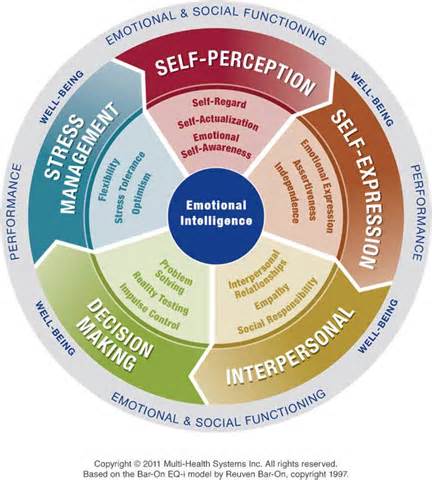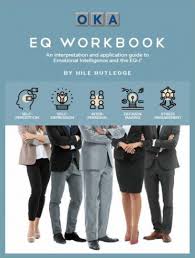Is it possible to have EQ the “Goldilocks” way: not too much, not too little, but just right?
In the EQ-i2.0 model of Emotional Intelligence, Assertiveness is your ability to put your needs, thoughts and opinions out into the world—even when doing so invites opposition or conflict or causes you to take a stand.


Markedly low Assertiveness can show up in different ways. If the lack of Assertiveness is tied to low Self-Regard, then behaviors will look/sound shy–averted eye-contact, slumped shoulders or a physically diminished posture, a low, mumbling tone—or perhaps the lack of anything to say at all. If, however, the low Assertiveness coincides with moderate to high Self-Regard and Independence, the low Assertiveness will come across looking/sound duplicitous and sneaky.
Excessive Assertiveness is telegraphed through physical dominance—overly forceful hand-shakes; aggressive physical contact (pushing or looming); glaring eye contact; pointing, jabbing finger for emphasis; raised, booming voice; frequent interruptions with no thought to asking for others’ opinions or contributions.
The beauty of the EQ-i as a coaching tool is it allows for such clear handles on these behaviors—what do you do and practice if you are trying to step more effectively into Assertiveness? How do you do you get Assertiveness “just right?”
10 Coachable Actions for “Just Right” Assertiveness:
- If you are sitting, lean forward when you are speaking to break down distance between you and your listeners. Consider standing when you speak to draw attention and to increase emphasis on your point.
- Sit next to the group leader or a person who is frequently the center of the action or controversy (chances are this spot will give you more opportunities to assert yourself).
- Make sure everyone hears your voice (and with it your opinion) at least twice in the meeting/conversation.
- When you state your opinion, make sure your vocal inflection is not up at the end of your phrase (as if you were asking a question).
- Maintain eye contact with the people to or with whom you are talking.
- When introducing yourself, look the person in the eye, state your name and smile, and shake hands, applying as much pressure—no more and no less–as he/she is applying to yours
- Take the pen, the marker at the flip chart, the slide advance remote control or whatever device or tool puts you in charge of the flow of the meeting or presentation.
- State your disagreement (when you have one) with an idea or proposal and avoid qualifying it or watering it down (ie: “Well, at least that’s what I heard;” “But maybe I’m mistaken,” or “But what do I know?”).
- Say “no” to a request or an invitation.
- Do not apologize for a decision, an opinion or a “no” that you offer.



Leave a Comment